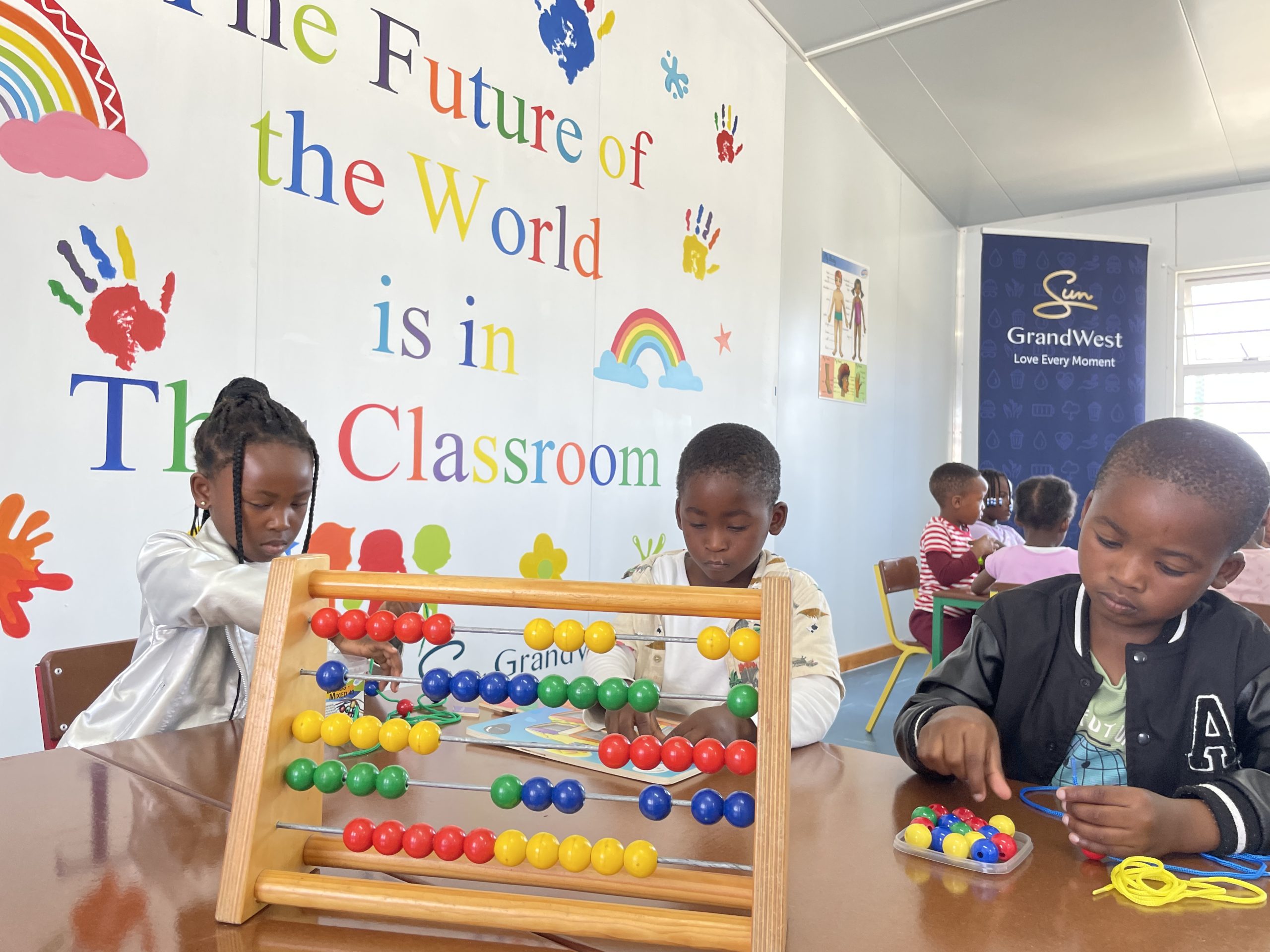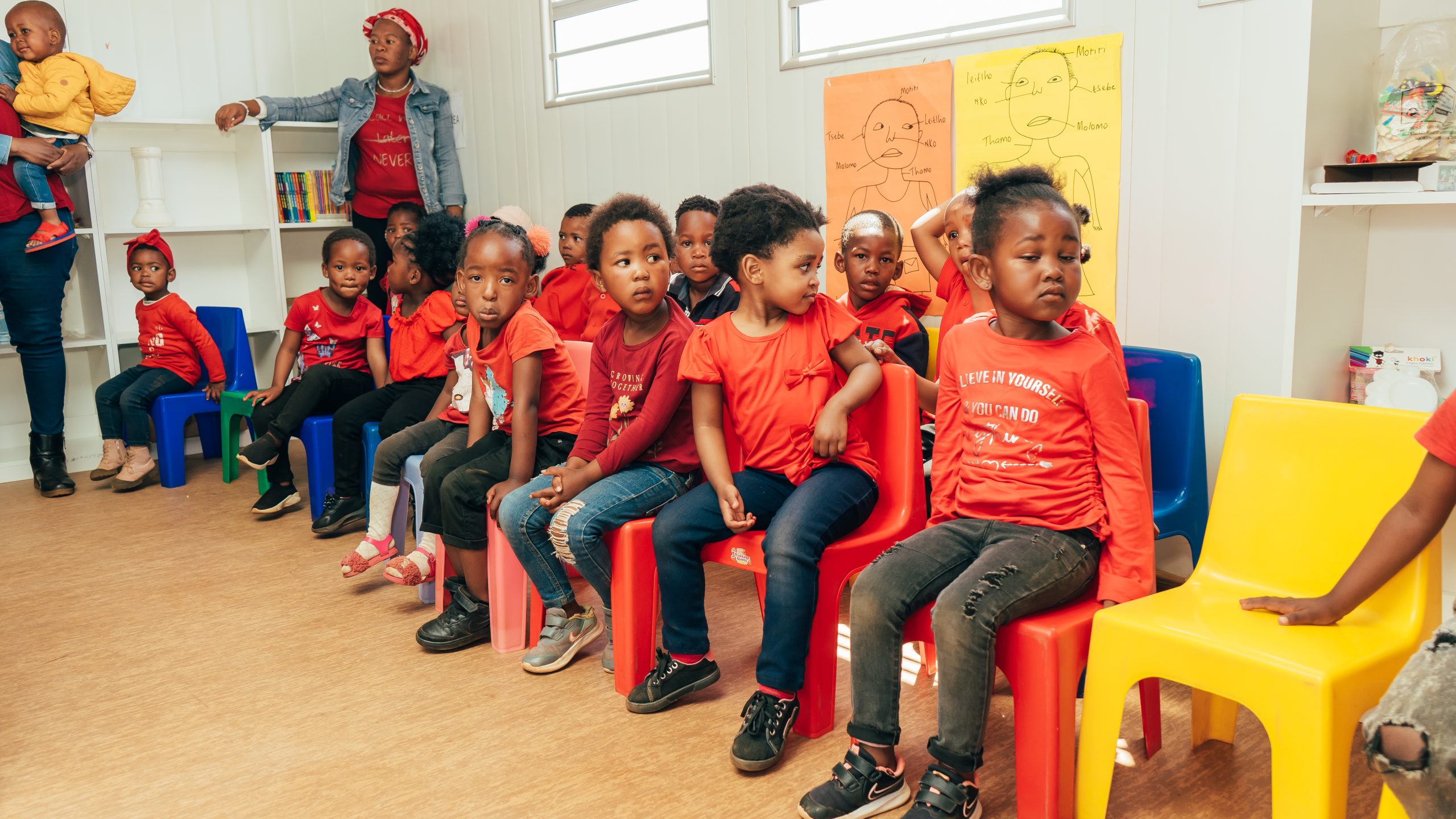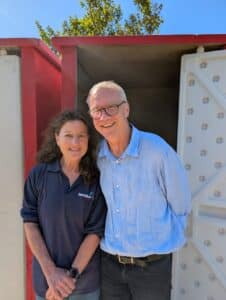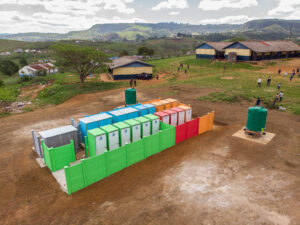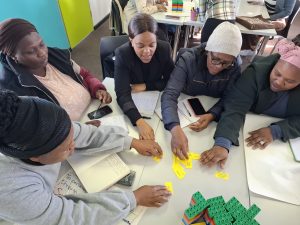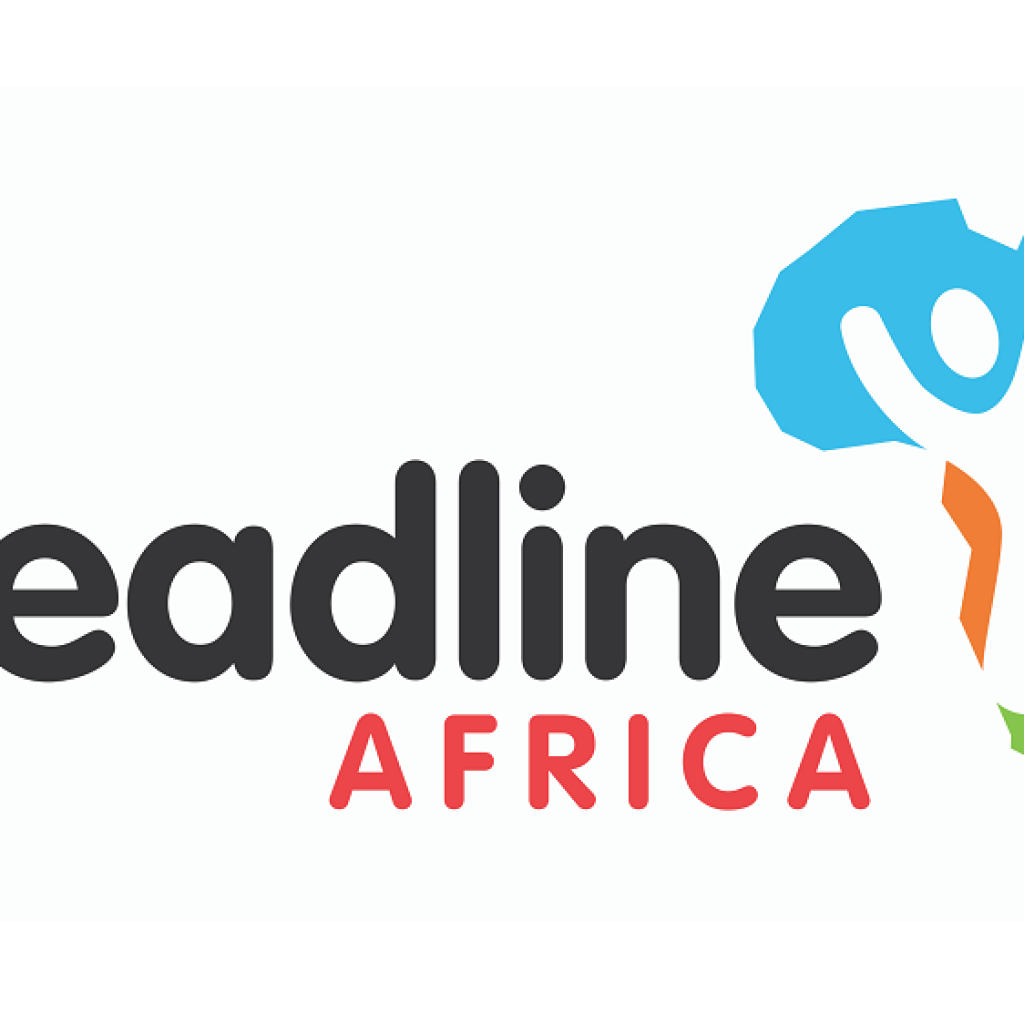INTRODUCTION
The ELOM Home Learning Environment (HLE) is a tool created by Data Drive 2030, that assesses how well preschool children are learning and what could help them do better. The tool shows what specifically affects children’s development. When combined with ELOM 4,5,6 and 7 assessments it gives a bigger picture of how children are developing.
Four provinces: Limpopo, Gauteng, Northern Cape and Western Cape were measured by Breadline Africa, using a short questionnaire to assess home aspects for children aged 2 – 7 years associated with:
- Early language
- Numeracy
- Cognitive functioning
The report assessed what early learning materials were available and used at home, as well as the time caregivers spent playing and participating in learning activities. Certified assessors were used in each province, using the local home language.
The ELOM HLE is a self-report assessment and therefore open to caregiver bias.
The report describes HLE data in three main sections:
- Early learning resources: The total number of children’s books in the home and availability of bought or homemade toys, household utensils and other objects used for play.
- Early learning activities and time with the child: Activities including reading, storytelling, singing, excursions, playing, naming things, counting, drawing and painting. Also the amount of time caregivers spend with their children in the week and over the weekend.
- ECD engagement: The extent to which the child participates in the ECD programme, caregivers’ awareness of ECD services, how they heard about the programme and their motivation for sending their child, as well as time spent at the programme.
Home resources and stimulation are key to achieving early childhood development programme outcomes. Family socio-economic status and caregiver education help predict success.
Every child counts: What the data tells us about early learning in South Africa
By Nyaradzo Mutanha and Nonjabulo Mtwa
Every child deserves the best possible start in life. But how do we know whether we’re creating the right conditions for that to happen?
Between April 2024 and March 2025, Breadline Africa and its partners undertook a baseline assessment using the Early Learning Outcomes Measure (ELOM) to better understand the environments shaping children’s development – both in early learning centres and at home.
This baseline is more than a data exercise, it’s a reflection of lived experiences. It helps us ask the right questions and design more effective support systems for the children who need them most.
“We need more than stories, we need data that reflects the day-to-day realities of our youngest children.” – Nyaradzo Mutanha
What the data tells us
The data was drawn from assessments conducted in four provinces – Limpopo, Gauteng, Western Cape and Northern Cape – using ELOM’s Home Learning Environment and Learning Programme Quality tools. These tools measured everything from the availability of books and toys in the home to the quality of teaching strategies, relationships between practitioners and children, and curriculum use in classrooms.
The findings offer a mixed picture. While some children are thriving, many face challenges linked to inconsistent access to quality learning environments, overstretched practitioners and social barriers that hinder development.
Several consistent themes emerged from the data – each highlighting areas that urgently require support, as well as opportunities for change:
- The critical role of home environments in early learning
- The impact of infrastructure and resources on developmental outcomes
- The resilience of children and caregivers navigating tough conditions
These insights provide an important baseline and a call to action.
“It gives a voice to the centres and communities that are often overlooked. Their stories are in the data and they matter.” – Nonjabulo Mtwa
Why it matters
This baseline will be followed by an endline assessment in 2026, allowing us to track progress and impact. But the goal is not just to measure, it’s to change. Change the way we invest in early childhood. Change how we support ECD practitioners. Change how we listen to communities.
The baseline also highlights specific areas that require urgent investment – including professional development for ECD practitioners, improved access to learning materials, and support for caregiver engagement at home. Without these interventions, children in underserved areas may continue to fall behind before they even start school.
Partners in change
This work wouldn’t be possible without our partners, whose commitment to evidence-based change has helped bring the ELOM tool to life across diverse communities. We’re especially grateful to:
- Innovation Edge for leading the development of the ELOM toolset
- The ELOM team at DataDrive2030 for technical support
- Our provincial partners and ECD centre leaders who opened their doors and shared their stories
We are only at the beginning, but with strong data, shared purpose and a child-centred approach, we can make every learning environment a place where children thrive.

